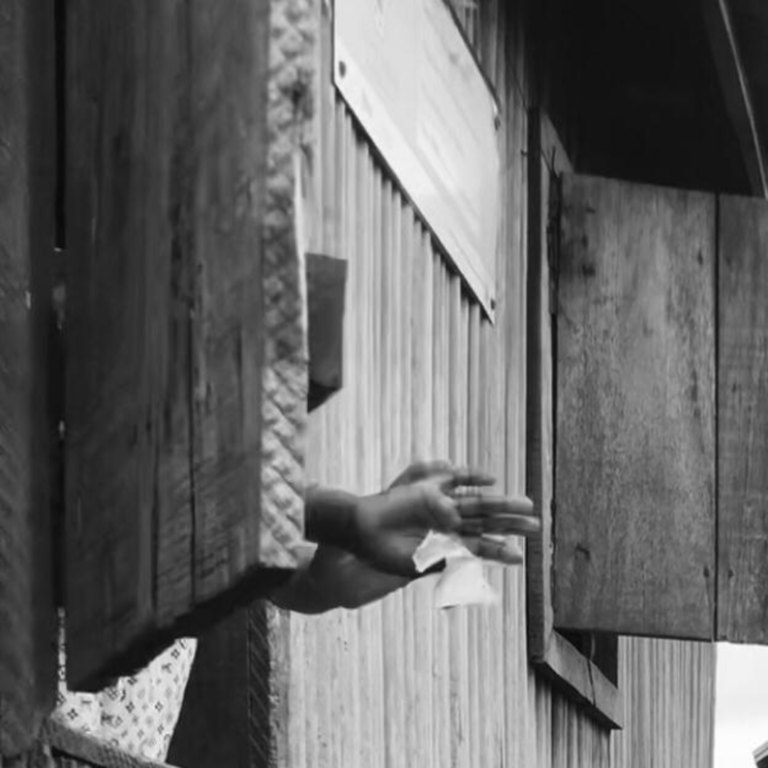Have you ever experienced a friendship betrayal?
If you have, you can relate to the eighteenth-century Benin Kingdom and how they must’ve felt when British soldiers invaded their land, looting over 2,500 artefacts and calling it an expedition.
But how did it all start? Let’s dive in:
The Benin-Britain Bromance
In 1553, British merchants sent out two ships to the Benin River under the command of Captain Thomas Windham.
A portrait of Thomas Wyndham in 1508 [Hans Eworth]
The then Oba of Benin, Orhogbua, welcomed them and agreed to sell pepper to them. However, almost 100 people in Windham’s crew caught malaria and eventually died between 1553-1556.
As a result, Queen Mary I prohibited all voyages to the Benin Kingdom.
Queen Mary I of England [The Print Collector/Getty Images]
Time passed, and voyages resumed, but only the crew of James Welsh could withstand the fever. From January to April 1591, they carted away valuable resources back to their country, including 589 servings of pepper, 82 barrels of palm oil, and 150 ivory tusks.
Thus began a prosperous British-Benin trade relation of trading pepper, gold, ivory, and later slaves, which lasted for many years.
But it didn’t last forever
Their breakup happened in several stages, which are all important to know:
A shaky trade agreement
The amount of power the then Oba, Ovoramwen Nogbaisi, had over trade in 18th-century Benin was, naturally, massive.
Ovonramwen, Oba of Benin [Edo State Archives]
The British needed his permission to use the trees in the village to collect palm kernels and tap rubber, which was a difficult process for them, and even export goods across the Benin River.
In 1892, Deputy Commissioner and Vice-Consul Captain Henry Lionel Galway tried to negotiate a trade agreement with Oba Ovọnramwẹn Nọgbaisi to allow for the free passage of goods through his territory and the development of the palm oil industry.
The treaty was signed, and there was free trade for the British, but Ovonramwen still collected customs duties. Major Claude MacDonald, Consul General of the Oil River Protectorate, saw the tax as a hostile act.
To make things worse, Ovonramwen then halted the trade of oil palm produce to the British due to price fixing and the refusal of Itseriki men to remit the customs duties.
Britain, not used to being told no, did not like this. But it was one murder they piled behind.
The Ambush and Slaughter of Phillips’ Crew
In November 1896, Phillips, the Vice Consul of a trading post on the African coast, decided to meet with Oba Ovonramwen to discuss the customs duties discomfort.
He formally asked his superiors in London for permission to visit Benin City, claiming that the costs of such an expedition would be reimbursed by trading for ivory.
In late December 1896, Phillips got tired of waiting and took a crew of 18 men, 180 Jakri Porters, to carry supplies and 6 Kru labourers to Benin. He sent an envoy to discuss trade and demand entry into the territory, while bringing numerous gifts for the Oba.
At this time, the Binis were celebrating the Igue Festival, and strangers were forbidden to see the Oba. Oba even sent a message to Phillips saying he wasn’t allowed and would send word in a month or two. But for impatient Phillips, that was time that he simply couldn’t afford.
On January 4, 1897, Phillips and his entire party were ambushed on their journey to Benin City at Ugbine village near Gwato. This was done by Iyase, a warlord who saw the British advance as a slap in the face despite Ovonramwhen’s warning not to harm them.
1897 [Agefotostock]
That day, both British officers and African porters were slaughtered. Only two British survived their wounds, Alan Boisragon and Ralph Locke.
Within a week, news of the massacre had made it to London, and the colonial officers were filled with rage.
For Britain, they needed to teach the Oba and his ‘savages’ a ruthless lesson not to kill their own. This singular event led to the invasion of Benin, also known as ‘the Punitive Expedition’.
The Punitive Expedition
Towards the end of the first week of February 1897, about 1,200 men, including marines, sailors, and protectorate troops, were assembled and prepped for war. This was under the leadership of Sir Harry Rawson.
Admiral Sir Harry Rawson [Historic Houses Trust]
They aimed to “divide and conquer” by advancing on three fronts. The first column was to take Ogbologbo Creek; the second was to advance through the Jameson River Line up to Sapomba; and the third was to maintain a joint attack through Uguto Creek.
On February 9, 1897, the invasion started, and by February 18, the Benin Kingdom fell and ceased to be an independent entity. The Bini soldiers put up a brave front but were no match for Britain’s superior war weapons.
The Aftermath
The city was later set ablaze, although the British later claimed it was ‘accidental.’
Members of the ‘expedition’ surrounded by objects from the royal palace [British Museum]
Benin was later annexed to the Niger Protectorate.
Many buildings were also burned down, including the famous King’s Court. Oba Ovonramwen was deported and exiled to Calabar until he died in 1914.
Ovonramwen on board the Niger Coast Protectorate steam yacht, Ivy, while the Oba was on his way to exile [Jonathan Adagogo Green]
The Benin Native Council was established to replace the monarchy. It also helped to absolve the kingdom into the colonial rule.
The Looting of Benin
The British expedition force looted and carted away Benin’s precious artworks. An estimated 2,500 wooden, bronze and ivory artefacts were stolen.
A photograph of the interior of Oba’s compound being burnt during the punitive expedition, with bronze plaques in the foreground and three soldiers from the punitive force in the background [Reginald Kerr Granville c. 1912]
European and American art collectors sell most of these artefacts at auctions. It is also exhibited in Western museums, mainly in Germany.
In recent times, however, there have been efforts to recover these artefacts. In December 2022, Germany returned 22 Benin Bronzes, while the United States of America returned 30.
Looted Benin Bronzes that Germany returned to Nigeria are examined during a ceremony in Abuja on Tuesday. Nigerian officials said that more than 5,000 ancient artefacts are estimated to have been stolen from Nigeria, the majority by British colonisers. [Olamikan Gbemiga/AP]




